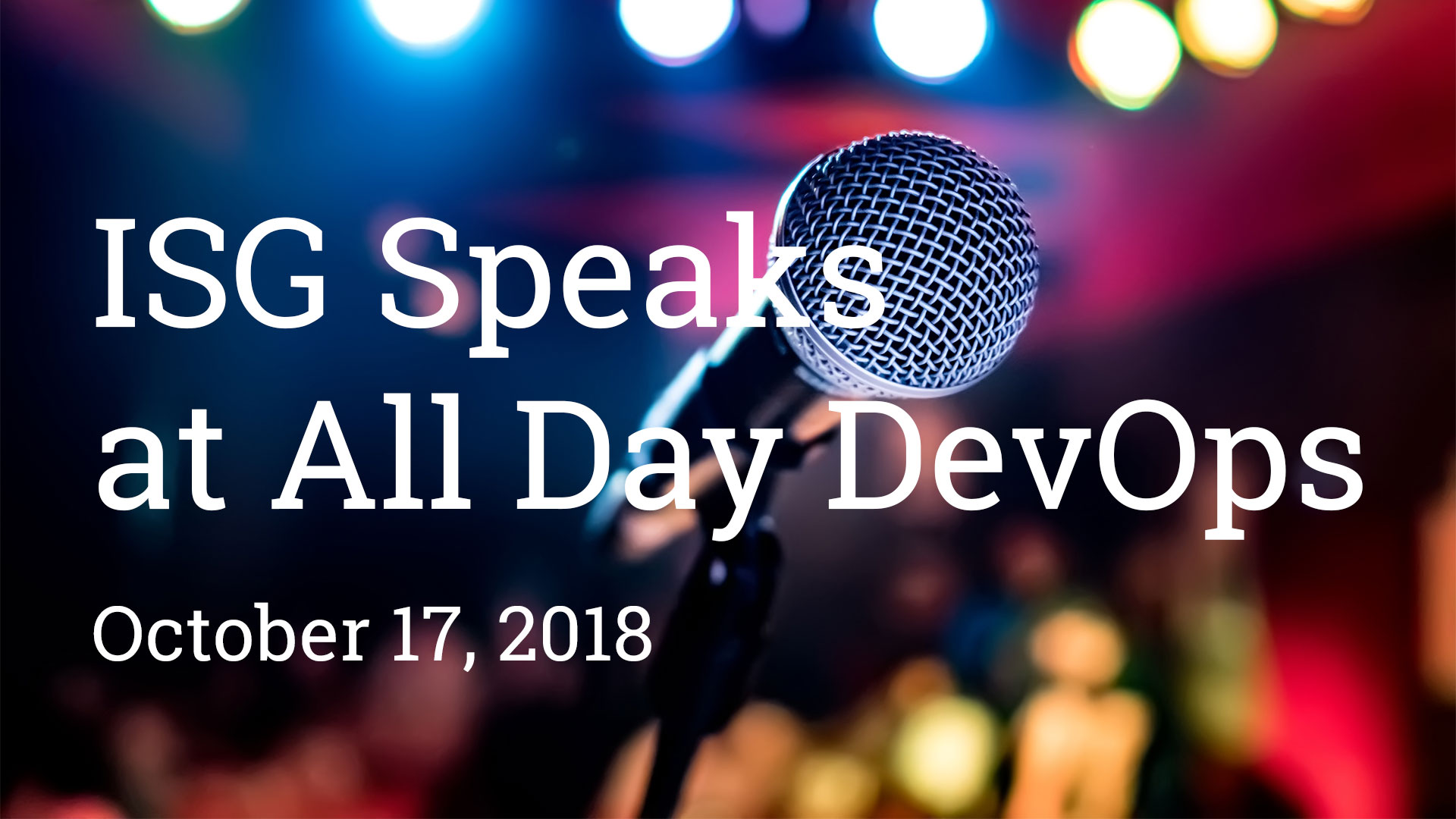You want to take advantage of the velocity, customer centricity and advanced capabilities of a more agile enterprise, but you’re hamstrung by a legacy environment full of sunk costs, technical debt and older applications and systems on which the business depends. Where do you start? And knowing you can’t do it all at once, how do you ensure that these two environments – current legacy and future agile – can coexist?
Most of us are not in the position of companies like Google or Spotify that started with a greenfield and built out their environments with the latest architecture, technology and workforce skills. Most of us spend our days keeping legacy systems up and running while trying to hit the cost-optimization targets placed on us by leadership and still meet the demands of the business, who – by the way – is rarely interested in investing in technical debt or building the next-generation of core systems that won’t directly drive growth or improve market share.
So, how do you get out of this vicious cycle? Well, truth be told, you may never completely resolve the disparity between business needs and the modernization of legacy technical capabilities. Leadership is rarely in a position to throw buckets of money at the problem – which, even if they had it, may not be the right approach. But what you can do is clearly understand your desired future state and set out on the journey to get there by taking an incremental, evolutionary approach.
The first step is to clearly articulate a future state in which legacy and modern agile services work side by side: architecturally, operationally, financially and in support of common goals. In most cases, you’re unlikely to be able to replace your legacy systems wholesale with new modernized versions, so prepare to live in a mixed environment for the foreseeable future – if not forever. After all, today’s “new” capabilities are tomorrow’s “legacy.”
To enable this mixed, multi-speed environment, pay particular attention to core architecture – business, information and technology. The architecture needs to support emerging technologies and high-velocity, DevOps-enabled capabilities at the same time as it supports legacy environments and methods. Legacy systems often contain foundational data, functions and business logic that are critical to those emerging capabilities. These tight integrations require more time and effort to change - introducing complexity and slowing your ability for rapid response.
Define an approach for legacy modernization that evolves your architecture while it helps to decrease these integration complexities. One method is to use a de-coupling – or strangling – strategy that segregates business logic from legacy systems and packages them into separate, smaller services that can be modernized outside of the larger system. This way you can integrate the smaller services into your more modern systems and capabilities in a logical, rather than physical, manner. Plus, you are effectively modernizing your legacy system incrementally as you build out each smaller, de-coupled service.
Next, create a list of stories – perhaps operational stories rather than end-user stories – that are related to your legacy business actions or logic. Prioritize these stories into a modernization backlog and then, well, start. Take an agile approach. Select a specific business action or logic sequence to develop initially (think of this as your minimum viable product), and then evolve it and others over time.
Emphasizing actions that de-couple the legacy system from mature, high-velocity capabilities helps to remove those points of friction. And the cost comes in smaller increments that are more palatable to the business. You’ll even win points with your legacy-knowledgeable staff as they will have the opportunity to learn modern skills instead of being relegated to maintaining the “old stuff.” And, over time, you’ll replace the legacy system with modernized, de-coupled services while you also evolve your operating model practices.
ISG helps enterprises design legacy modernization strategies and build multi-speed operating models. Join me at the Digital Business Summit where I will be exploring these and other questions about how to build enterprise agility. Or contact me directly to find out how ISG can help you.
About the authorOla is an IT transformational thought leader with over 25 years of leadership experience within various industries helping enterprises make transformation change. She is a seasoned professional with expertise in emerging delivery models that contemplate the rapidly changing technology landscape. She has advised corporations in the opportunities related to emerging technologies, and is fluent in Enterprise Agility, DevOps, cloud, and automation. Ola leads ISG's Enterprise Agility practice in the Americas.

